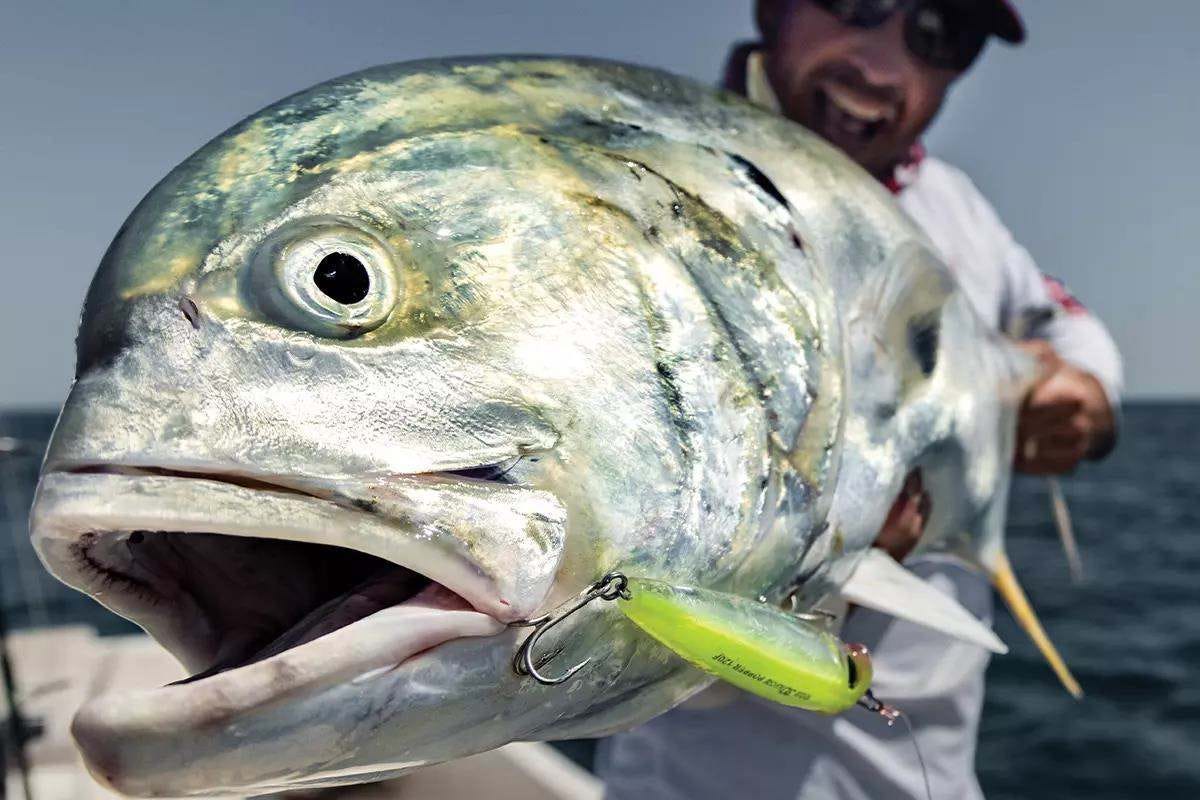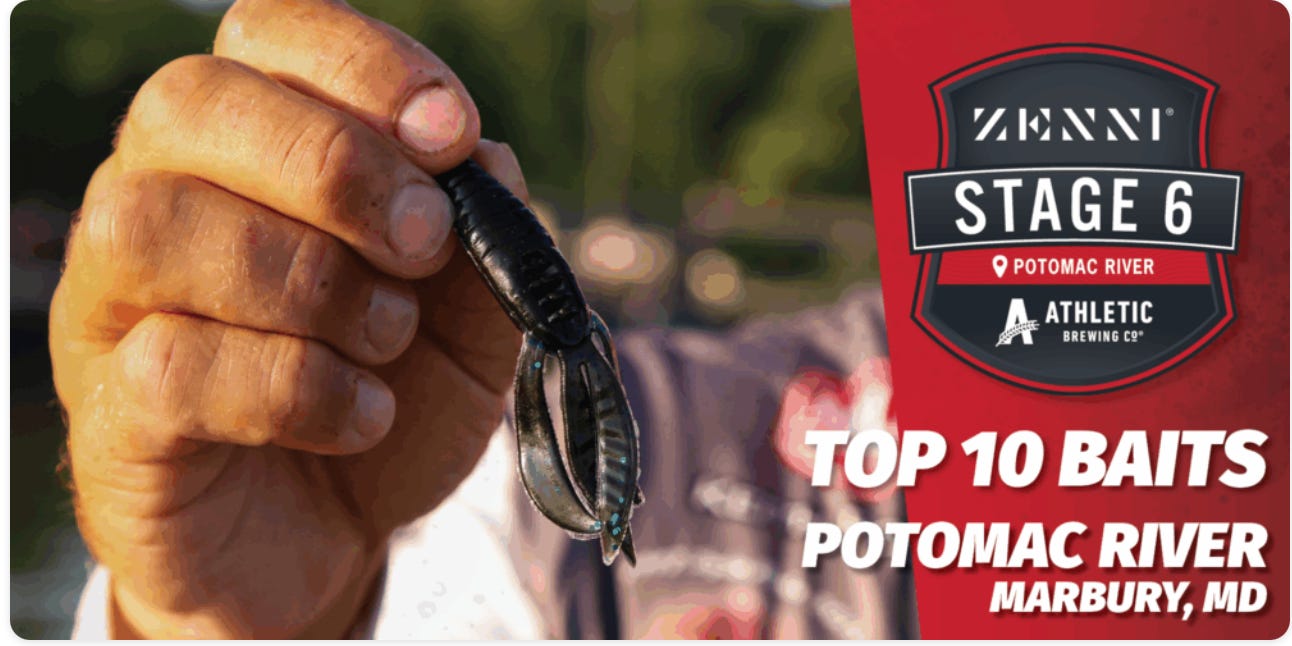The maritime rule of salvage has its origin in Roman law, which dictates that one who preserves or improves upon the misplaced property of another is owed compensation, even if the service was not requested. Let’s get out the internet trawler and get to work…
🎙️| Dean Butler on the Mill House Podcast - Episode 142 - The Billfish pioneer and IGFA Hall-of-Famer discusses many topics spanning epic catches, technological innovations, and finding true friendship on the water.
🎥 | SportFish TV: Bluefin vs. Yellowfin Tuna
Fishing Reports | OnTheWater - FishermanMag - HullTruth - SOL
Gear Guide by Tak Waterman | Pratiko Big Game Long Grip
Description | Take control of the end-game with the Pratiko Big Game Long Grip—designed for serious anglers targeting serious fish. Engineered for maximum leverage, comfort, and durability, this long grip gives you the power to land giants and protect the resource.
Fishing Philosophy: Building a Better Milk Run
Whether you’re exploring new waters on a multi-day trip or sneaking in a quick after-work session, refining your milk run strategy—hitting multiple spots in quick succession—can dramatically increase your odds of crossing paths with active fish. While a sprinkle of local knowledge always helps, pre-planning a sequence of high-percentage stops based on tide, wind, cloud-cover, and weather can make you far more adaptable when conditions throw the first curveball.
Plan Around the Tides - Tide changes are the engine of feeding behavior for both inshore and offshore species. Design your route to be at the right spots during the right tidal phases—whether that’s incoming, outgoing, or slack.
For giant tuna hunters, positioning yourself with fresh baits and clean leaders during slack tide can be the key to hookups.
For surf anglers, the dream is to time each stop to coincide with its most productive tidal window.
For bass fishermen, being on your best spots during sunrise, moonset, solunar peaks, or a falling barometer can make all the difference.
Start with a Gamble Before Prime Time - Who doesn’t like rolling the dice out of the gates? Begin your milk run in a low-expectation area before peak feeding windows kick in. This allows you to explore and potentially discover new patterns without sacrificing valuable time on your confidence spots. If it doesn’t produce, no harm done—you’re still on schedule for the main event.
Follow Sunlight Angles for Fish Movement - Gamefish and baitfish follow the light.
Low light (early morning, late afternoon, overcast) pushes bait shallow and activates predators along structure and shadow lines.
As the sun climbs, many species move deeper—bass tuck tighter to cover, inshore tuna shift offshore, and pelagics chase cooler water.
On cloudy or foggy days, shallow patterns hold longer, giving you more time to move and capitalize.
Prioritize Water Temperature and Clarity - In transitional seasons or extreme heat, even a 1–2°F difference can concentrate fish. Likewise, water clarity can shift feeding behavior dramatically. Use electronics to find temperature breaks and cleaner water, and don’t hesitate to adjust your milk run to focus on these higher-probability zones.
Time Your Run to Avoid Dead Zones - Not all hours are created equal. Periods between tidal movements often bring lulls in activity. Use this downtime wisely:
Make longer runs.
Eat, hydrate, and reset.
Network with other anglers or adjust your game plan.
Use the "Rule of Three” - If you blank at three similar spots in a row, it’s time for a pivot—whether that means changing depth, lure style, bottom composition, or presentation tempo. Adaptability beats stubbornness every time.
Pre-define Your "Escape Hatches” - Always have a few backup spots that fish well under tough conditions—areas that are less tide-sensitive or historically reliable. These escape hatches can salvage a day when your primary milk run falters. Set a mental or literal timer for when to abandon your exploration and grind out a bite.
Keep a Log for Future Runs - The best anglers keep records—tide, moon phase, water temp, wind, cloud cover, bait presence, and, of course, catch results. Over time, patterns emerge that help you optimize future milk runs and avoid repeating old mistakes.
The New England Fisherman: Entwined with America (OTW) - “The history of New England fishermen is one that is passed down over early morning small talk at portside breakfast joints, through faded pictures taped to the walls of institutional tackle shops, online message boards, and a fair share of lies and tall tales whispered on the docks and beaches. Stories of legendary catches, adventures, pitfalls and friendships tell the history of the local fisherman. Beneath layers of flannel, surf tops and splash gear, one can sense a patriotic twang from these watermen, and for good reason. The history of New England fishing extends much further beyond fish tales traded over morning coffee—to the birth of our nation. When war broke out in the American colonies, not only soldiers took to the muskets—many fishermen did, too.”
Testing Tackle and Mettle Against Fierce Jack Crevalles (Game&FishMag) - “Their savagery has been compared to that of a cage fighter. Their reckless feeding frenzies have prompted comparisons to giant piranhas. Yet, somehow, jack crevalle get no respect. These fish, which can exceed 30 pounds (the U.S. record weighed 58.8 pounds) and are the toughest pound-for-pound opponents most of us could encounter in inshore and nearshore waters, deserve our admiration instead of our disdain. But countless anglers yell expletives when the monster redfish or snook they thought they’d hooked turns out to be a jack half the size. People will pay thousands of dollars and travel halfway around the world to pick a fight with a giant trevally (a larger cousin of the jack crevalle that swims in the Indian Ocean and South Pacific), when they can experience a similar excitement while battling jack crevalle right here at home.”
TOP 10 BAITS: What techniques and tackle worked best in MLF Potomac River slugfest (MLF) - “The Bass Pro Tour’s first-ever visit to the Potomac River was a good one. “The Nation’s River” showed out despite the excessive heat. The fishing was just as sweltering, producing the season’s best weights and catch counts. Ott DeFoe found his winning area in practice, the first stop he made during the event. He theorized that the hot weather made the backwater creek so productive. “All those major tributaries have cleaner water, and it’s also much cooler back there,” he said. “I honestly think that the extreme heat we had pushed more fish back in there, and it seemed like there were new fish in there every day.”
Looking for more information about a product after reading The Weekly Salvage?
Try using GearSay, the first generative AI tool specifically tailored to help you find the right fishing tackle.
Thanks for reading The Weekly Salvage, until next week!
Have feedback or want to learn more?
Reach out to us on IG @Blowin_We_Goin










